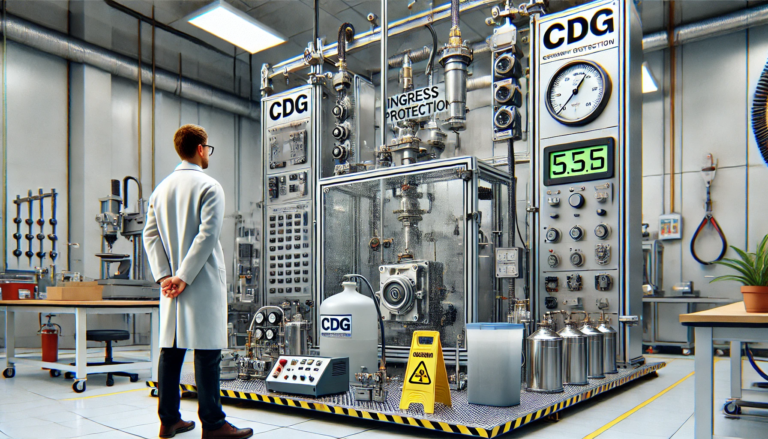In an era where technology is advancing rapidly, ensuring that your products meet the highest standards of durability and reliability is crucial. Among the many benchmarks for assessing product resilience, the IP66 rating stands out. But what does it take to achieve this level of protection, and how long does the testing process typically last? Let’s dive into the world of ingress protection testing to uncover the details.
Understanding IP66: What Does It Mean?
The IP (Ingress Protection) rating system is a widely accepted standard that evaluates the level of protection provided by enclosures against solids and liquids. An IP66 rating indicates that a product is:
Dust-tight: No dust can enter the enclosure.
Protected against powerful water jets: The product can withstand high-pressure water jets from any direction.
This rating is essential for products used in harsh environments, such as outdoor electronics, industrial machinery, and automotive components.
The Testing Process: A Step-by-Step Overview
Testing a product for an IP66 rating involves several key steps, each requiring specific equipment and procedures. Here’s a breakdown of what happens during the testing process:
Preparation and Inspection:
Initial Inspection: The product undergoes a thorough visual inspection to ensure it meets design specifications. Any visible defects or inconsistencies are noted.
Sealing Checks: All seals, gaskets, and closures are examined for their integrity. Proper sealing is crucial for achieving an IP66 rating.
Dust Ingress Testing:
Dust Chamber Test: The product is placed in a dust chamber where fine dust particles are circulated. This chamber simulates the worst possible dust exposure.
Duration: Typically, the dust test lasts for about 8 hours. The product is inspected afterward for any signs of dust penetration.
Water Ingress Testing:
Water Jet Test: The product is subjected to powerful water jets from various angles, including direct, oblique, and perpendicular sprays. This test mimics heavy rain or water exposure in real-world conditions.
Duration: The water jet test generally lasts for 15 minutes, but this can vary based on the product’s design and size.
Post-Test Inspection:
Functional Check: After both the dust and water tests, the product is checked for functionality. Any loss of performance or damage is noted.
Final Examination: A final inspection ensures that the product still meets all required specifications and has not been compromised by the testing process.
Timeframe for Testing: What to Expect
The overall time required to test a product for an IP66 rating can vary depending on several factors, including the complexity of the product and the efficiency of the testing process. Typically, the complete testing cycle—starting from preparation to final inspection—takes between 1 to 3 days. This includes setup time, the actual testing phases, and any necessary follow-up evaluations.
Practical Tips for Efficient Testing
Pre-Test Preparation: Ensure your product is well-prepared and meets all preliminary requirements. Proper sealing and assembly can significantly impact testing outcomes.
Choose a Reputable Testing Facility: Partner with a testing laboratory that has experience with IP ratings and understands your industry’s specific needs.
Understand Your Product’s Requirements: Different products may require different testing procedures. Knowing these requirements can help streamline the process and ensure accurate results.
Real-World Applications
Products with an IP66 rating are invaluable in industries where equipment faces severe environmental conditions. For example:
- Outdoor Lighting: Street lamps and floodlights need to withstand dust and water to function reliably.
- Industrial Controls: Machinery in factories requires protection from dust and water to prevent malfunctions.
- Automotive Components: Vehicles operating in diverse weather conditions need components that can endure harsh environments.
Conclusion: Ensure Your Product’s Reliability with IP66 Testing
Achieving an IP66 rating is a testament to your product’s robustness and reliability. While the testing process involves careful evaluation and attention to detail, the benefits of ensuring your product can withstand extreme conditions are well worth the effort. By partnering with a skilled testing facility and preparing your product meticulously, you can confidently meet industry standards and provide quality solutions to your customers.
Ready to put your product to the test? Contact CDG today to learn more about our comprehensive ingress protection testing services and ensure your products meet the highest standards of durability and performance.


